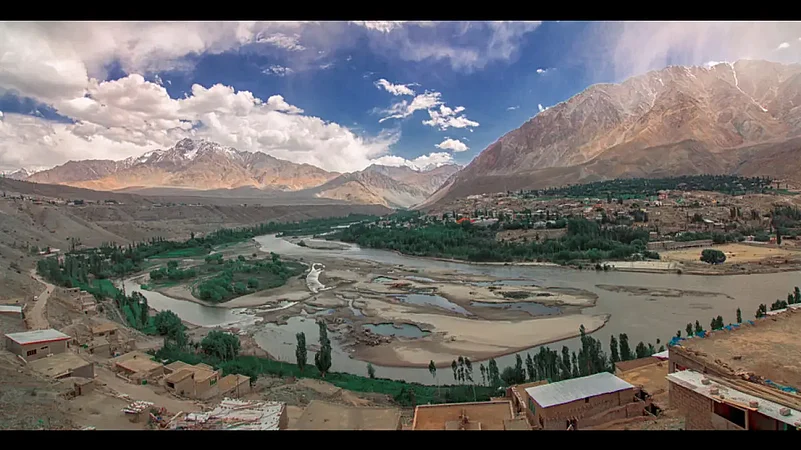Lying uphill of Kargil town (headquarters of the eponymous district under the newly formed Union Territory of Ladakh), along the northern limits of India, is a tiny village named Hunderman. But the populated village that you see today is a later settlement. The actual village was founded at a lower level a few centuries ago because the area offered fertile pastures for livestock grazing in summer. However, Hundarman would have lived anonymously among the annals of military history if it was not for a tiny museum built here in 2015.
Did You Know About the Museum of Memories on the LoC?
Despite a life fraught with tension, Hundarman, a village on the Line of Control separating India and Pakistan, has built a Museum of Memories that throws light on the old families who once lived here.

According to records, between 1949 and the 1965 Indo-Pakistan War, Hunderman (originally called Hundermo, according to Stanzin Saldon writing for?People's Archive of Rural India) was part of Pakistan. Then for several years, it belonged to none. In 1971, while playing a crucial role in favour of Bangladesh’s (then East Pakistan) war for liberation, the Indian army retrieved Hunderman.
Unfortunately, the last war saw families split up, some going away to Pakistan, and others remaining in India. Being on the Line of Control between the two warring nations, life has not been easy for the residents here. Gradually, most moved to a higher ledge, distancing themselves from the proximity of the LoC.
Aptly named the Museum of Memories (also, Unlock Hunderman – Museum of Memories), housed in one of the restored private homes among the storied blocks of abandoned buildings, it connects the past with the present through exhibits ranging from old and traditional kitchen utensils to jewelry to indoor games, from family documents and letters to armaments from the wars. According to media reports, it was Ilyas Ansari, with historical roots in the village, who initiated the idea of preserving the history and culture of Hunderman. Under the aegis of Ajaz Hussain Munshi, a museum curator from Kargil (who has successfully put together a cultural museum named the Munshi Aziz Bhat Museum), and several local organisations, the museum was built across three rooms.
You can also take a round of the village with the help of a guide to learn about the architectural intricacies. The entire premise, mostly consisting of people’s homes and cattle sheds, was interconnected throughout, apparently for the convenience of not having to step out when it snowed during winter. The rooms had three built walls while the rocky mountain formed the fourth. Each house had a lever-based locking system; apparently, the secret of opening the door was known only to the homeowner.
About 10km from Kargil market and connected to it by a rough motorable road, Hunderman Bok (as the older village is known) stands like a mute commentator. The hills on the opposite side, which can be seen at close quarters when you drive up the path, belong to Pakistan. Tomes are written around the world regarding life in conflict zones but for Hunderman Bok in LoC Kargil, it is a hard reality.
-
Previous Story
 Tom Holland Recalls ‘Trip Of A Lifetime' Visiting India With Girlfriend Zendaya
Tom Holland Recalls ‘Trip Of A Lifetime' Visiting India With Girlfriend Zendaya - Next Story


















